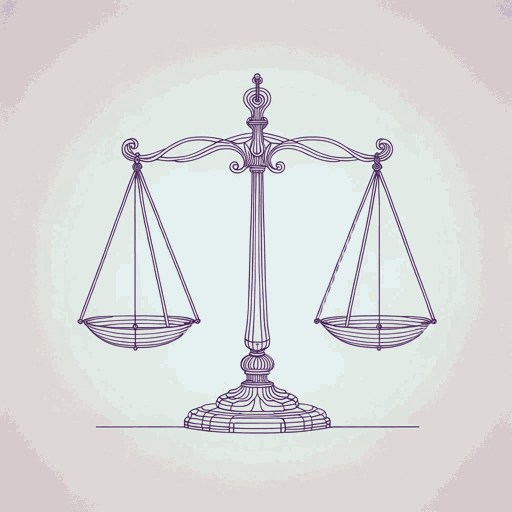33 pages • 1 hour read
Gene A. BruckerGiovanni and Lusanna: Love and Marriage in Renaissance Florence
Nonfiction | Book | Adult | Published in 1986A modern alternative to SparkNotes and CliffsNotes, SuperSummary offers high-quality Study Guides with detailed chapter summaries and analysis of major themes, characters, and more.
Chapter 4Chapter Summaries & Analyses
Chapter 4 Summary: “Love, Marriage, and the Social Order”
Brucker explores what Giovanni and Lusanna’s relationship reveals about romance and social status in fifteenth-century Florence. Though the couple’s relationship generally coincides with their society’s standards for marriage and romance, it is still unique in many ways.
In fifteenth-century Florence, aristocratic bachelors such as Giovanni typically would not marry until later in life, after they had fully established themselves in the business world. It was common for them to have extramarital affairs with sexual partners who were “social inferiors: servants, peasant girls, poor widows, and—occasionally—married women” (78). Giovanni’s affair with the poorer Lusanna probably would have been accepted by his peers, and it is likely that he would not receive censure from a court, despite laws forbidding adulterous relationships.
For women, however, the social mores were far stricter. If a woman had extramarital relations, it was highly frowned upon, especially if she were married like Lusanna. Lusanna’s affairs become well known throughout her neighborhood. At one point, one of her neighbors nailed horns to Lusanna’s house—a common act signifying that the occupants of the house had acted immorally.
Due to her adultery, Lusanna develops a reputation as a “mala femina”—one who “violated her marriage vow and dishonored herself, her husband, and her family” (89).

